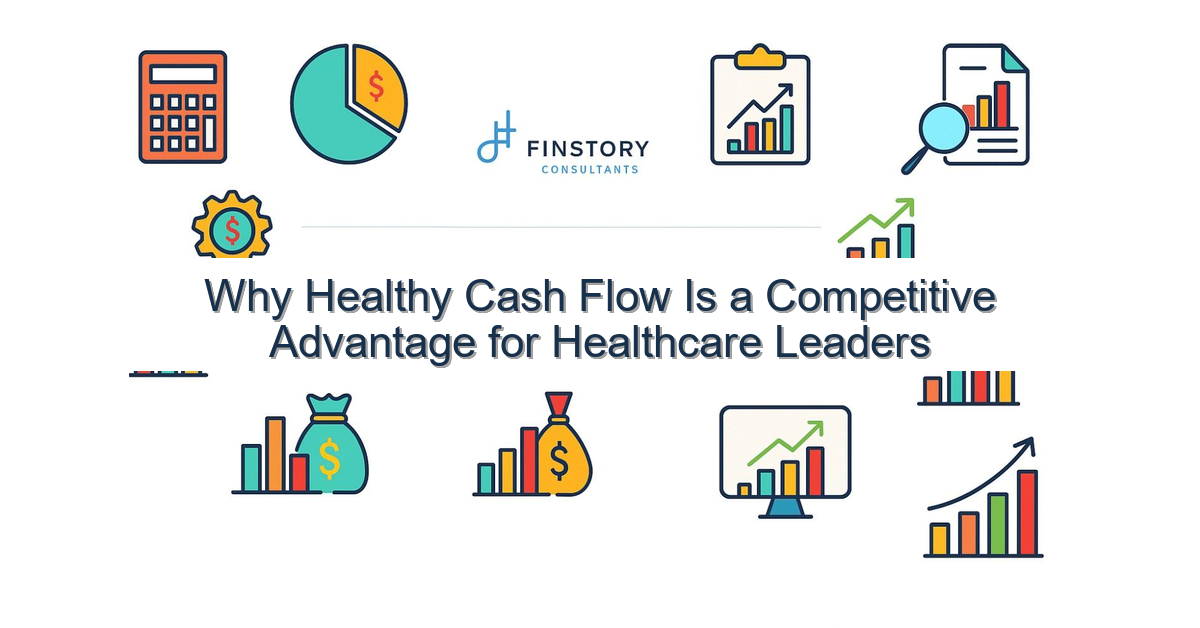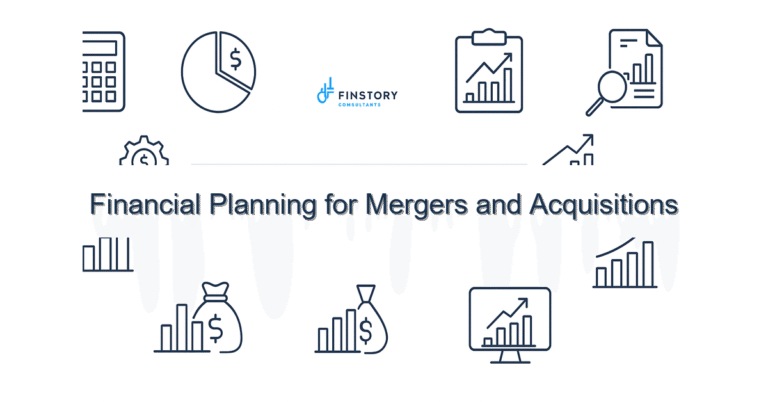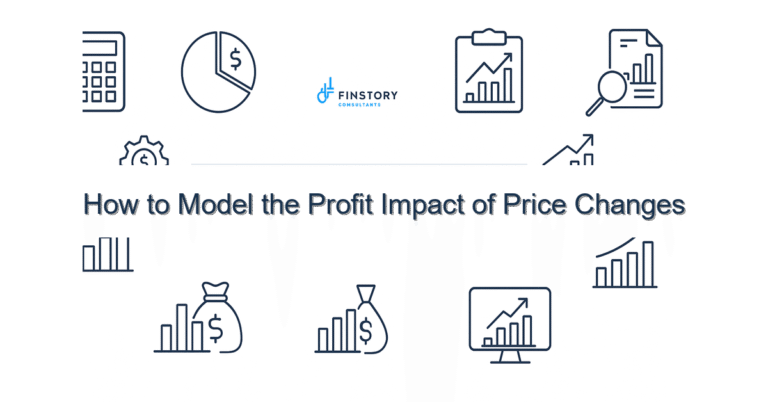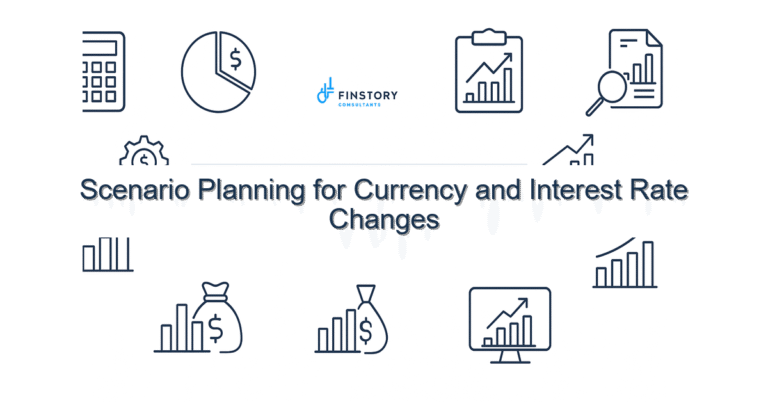Why Healthy Cash Flow Is a Competitive Advantage for Healthcare Leaders
You run a healthcare operation where margins are thin and uncertainty is constant. Cash flow isn’t an accounting exercise for you—it determines whether you can invest in staff, tech, or a new clinic next quarter.
Summary: Improve cash flow visibility and management, and you’ll convert financial resilience into strategic optionality: fewer surprises, faster decisions, and the ability to invest in growth when competitors hesitate.
What’s the real problem?
Healthcare finance teams juggle delayed reimbursements, fluctuating volumes, and regulatory complexity. Even profitable organizations can find themselves cash-constrained because timing and predictability are weak.
- Long, unpredictable revenue cycles from payors and patient collections.
- Working capital tied up in A/R, slow claims processing, and inefficient billing.
- Budget surprises when staffing needs spike or capital projects run over forecast.
- Difficulty prioritizing investments because future cash is unclear.
What leaders get wrong
Many leaders assume margins equal liquidity. They focus heavily on EBITDA and operating metrics, then wonder why they can’t fund a needed initiative. That gap is avoidable.
Common mistakes:
- Relying on monthly snapshots instead of rolling cash forecasts that reveal timing gaps.
- Treating billing, collections, and revenue integrity as back-office chores rather than cash drivers.
- Underinvesting in automation because it’s seen as an expense, not a source of faster cash realization.
- Using one-off financing to mask structural cash issues instead of fixing root causes.
A better approach
Think of cash flow as a strategic asset. The goal is not just to avoid running out of cash, but to create optionality—being able to say yes to opportunities and no to risky distractions.
Try this 4-step framework:
- Map cash drivers. Identify the specific operational levers that move cash each week: claims aging, denials, patient balances, payroll timing, supply payments.
- Improve predictability with rolling forecasts. Build a 13-week rolling cash forecast tied to operational KPIs (visits, case mix, AR days) and update it weekly.
- Close execution gaps. Tackle the highest-impact processes—denial management, point-of-service collections, and AR follow-up—with clear SLAs.
- Invest in speed. Use targeted automation to reduce manual handoffs: electronic claim scrubbing, automated patient billing, and real-time dashboards for leaders.
Real-world story: A mid-sized community hospital we worked with cut net AR days from 65 to 42 in nine months by prioritizing denial prevention and deploying a real-time dashboard for billing teams. That improvement freed enough cash to fund an urgent surgical equipment upgrade without borrowing.
Quick implementation checklist
- Create a 13-week cash template linked to operational drivers; update it weekly.
- Run a one-week AR deep-dive: top 10 payors and top 20 accounts by balance.
- Set SLAs for claim submission, first-pass acceptance, and denial response times.
- Implement a point-of-service collection pilot in one clinic (co-pay capture rate target).
- Automate one recurring manual task (e.g., payment posting or remittance reconciliation).
- Build a simple leadership cash dashboard (cash runway, forecast variance, top 5 risks).
- Schedule a monthly cash review with operations, clinical leaders, and finance.
What success looks like
- Net AR days reduced by 20–40% within 6–12 months.
- Forecast accuracy within 5% for the 13-week horizon.
- Decrease in denial rate by 25% or more after process fixes.
- Faster cash conversion cycle: 10–20 fewer days between service and cash-in-bank.
- Measured ROI on automation projects: payback within 12–18 months in most cases.
Risks & how to manage them
- Risk: Data quality gaps. Mitigation: Start with a data reconciliation sprint; focus on a few high-value data feeds (billing, payments, payor remits).
- Risk: Change resistance from operations. Mitigation: Tie cash KPIs to service-level incentives and run a short pilot to demonstrate benefits.
- Risk: Over-automation without process redesign. Mitigation: Map the end-to-end process, remove unnecessary steps, then automate.
Tools & data
Healthy cash flow is both process and technology. Use finance automation to reduce manual work and speed collections. Power BI (or your BI tool of choice) should deliver a clean leadership report: cash runway, forecast variance, top claims issues, and department-level drivers.
Keep reporting practical: leaders want a few trusted numbers and a small set of actions, not a hundred charts. Connect your ERP, billing system, and bank feeds so the cash forecast updates with minimal manual effort.
Next steps
If you’re a CFO, controller, or operations leader reading this—pick one high-impact lever and move on it this week. A short AR sprint or a 13-week forecast can expose opportunities immediately.
Want help? Finstory partners with healthcare teams to map cash drivers, stand up rolling forecasts, and build the dashboards that leaders actually use. We don’t leave your team with a spreadsheet; we build repeatable processes and train people to run them.
Work with Finstory. If you want this done right—tailored to your operations—we’ll map the process, stand up the dashboards, and train your team. Let’s talk about your goals.
📞 Ready to take the next step?
Book a 20-min call with our experts and see how we can help your team move faster.
Prefer email or phone? Write to info@finstory.net
or call +91 44-45811170.






